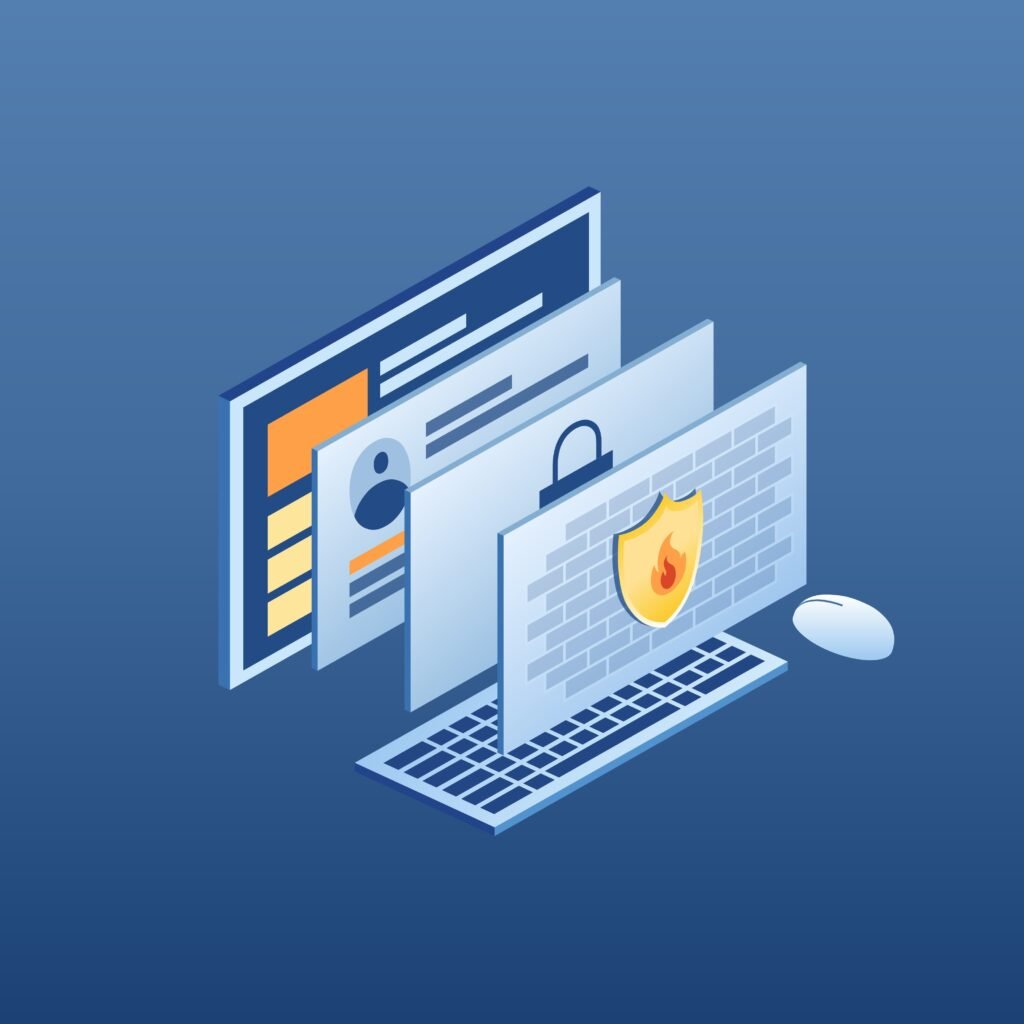Essential Security Tools for Secure Software Development: From IDEs to SAST and DAST
In today’s threat landscape, security is an integral part of the software development process. Incorporating security tools directly into the development lifecycle—whether through secure coding practices, automated testing, or real-time vulnerability detection—helps reduce risk and improve software quality. Here’s a look at essential security tools, from secure-friendly Integrated Development Environments (IDEs) to Static and Dynamic Application Security Testing (SAST and DAST) tools.

1. Development IDEs with Built-in Security Features
The development environment itself is often the first line of defense for building secure code. Many popular IDEs now offer plugins or built-in features to help developers detect vulnerabilities as they code.
- Visual Studio Code: With plugins like SonarQube and ESLint, Visual Studio Code helps developers detect potential vulnerabilities and enforce secure coding practices on the go. SonarLint, in particular, flags code quality issues and security vulnerabilities as you type, making it easier to catch problems early.
- IntelliJ IDEA: This powerful IDE for Java development offers integrations with tools like Checkmarx and Fortify, enabling developers to perform security scans within the IDE. Plugins like Find Security Bugs offer additional, language-specific vulnerability detection.
- Eclipse: Eclipse supports a range of security plugins, including the OWASP plugin for vulnerability scanning and Checkmarx for static code analysis, enhancing security for Java, C++, and PHP projects.
- PyCharm: For Python developers, PyCharm integrates well with security plugins like Bandit, a tool that identifies security issues in Python code. With Pylint and other linters, developers can enforce secure coding standards directly in the IDE.
These IDEs and plugins provide immediate feedback, enabling developers to address vulnerabilities during the coding phase rather than in later stages of development.
2. Static Application Security Testing (SAST) Tools
SAST tools analyze source code to detect vulnerabilities early in the development process, often integrated into continuous integration (CI) pipelines. Here are some leading options:
- SonarQube: SonarQube is a popular open-source platform for continuous inspection of code quality and security. It supports multiple languages and offers detailed insights into vulnerabilities, security hotspots, and code quality issues.
- Checkmarx: Known for its comprehensive SAST capabilities, Checkmarx scans code for common vulnerabilities like SQL injection, XSS, and insecure configurations. It provides detailed, developer-friendly reports to help fix issues at the source.
- Fortify Static Code Analyzer: Fortify by Micro Focus offers in-depth scanning for security issues across a wide range of languages and frameworks. Its scalability and integration capabilities make it a popular choice for enterprises.
- Veracode: Veracode’s SAST solution provides robust static analysis with a focus on preventing vulnerabilities in code, libraries, and dependencies. Its cloud-based architecture allows for easy scalability and continuous monitoring.
By integrating SAST tools into CI/CD pipelines, organizations can catch and fix security issues during development, reducing the time and cost of remediation.
3. Dynamic Application Security Testing (DAST) Tools
Unlike SAST, which focuses on the source code, DAST tools test running applications for vulnerabilities. They simulate real-world attacks to identify security issues in live environments, making them essential for comprehensive application testing.
- ZAP by Checkmarx : A popular open-source DAST tool that helps identify vulnerabilities such as SQL injection, cross-site scripting (XSS), and more. It’s a powerful tool for developers and security professionals looking for an accessible, customizable DAST solution.
- Burp Suite: Widely used by penetration testers, Burp Suite provides a suite of tools for testing web application security, including automated scanning, request/response interception, and vulnerability assessment. It’s ideal for more advanced DAST testing scenarios.
- Acunetix: Acunetix is a commercial DAST tool that offers fast and comprehensive scanning for web vulnerabilities. With integrations for CI/CD pipelines, Acunetix is suitable for development teams looking to automate their security tests as part of deployment workflows.
- AppSpider: AppSpider, by Rapid7, is a DAST tool that adapts to modern web application architectures. It can handle technologies like AJAX and JavaScript-heavy applications, making it suitable for detecting vulnerabilities in complex, dynamic applications.
DAST tools provide a layer of security testing that emulates an attacker’s perspective, enabling organizations to assess how their applications respond to external threats in real time.
Putting It All Together
Combining IDE-based security features, SAST, and DAST tools creates a robust security framework within the software development lifecycle. Here’s how to bring it all together effectively:
- Start with Secure IDEs: Integrate security plugins in your IDE to detect vulnerabilities as you write code, reinforcing secure coding practices from the start.
- Automate SAST: Include SAST tools in your CI/CD pipeline to catch vulnerabilities as code is committed. This ensures that code is continuously checked for security issues.
- Integrate DAST in Testing Stages: Use DAST tools during staging or QA phases to simulate real-world attacks and find vulnerabilities in the live application.
This multi-layered approach allows for comprehensive security coverage, ensuring applications are secure by design and remain protected through testing and into production. Whether you’re working in a large organization or developing independently, these tools help to build, test, and deploy applications with security as a top priority.



